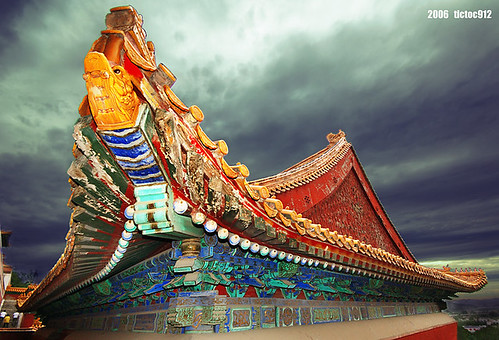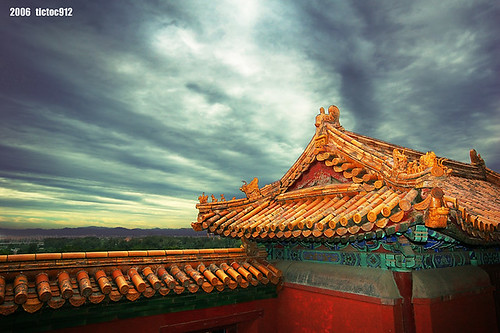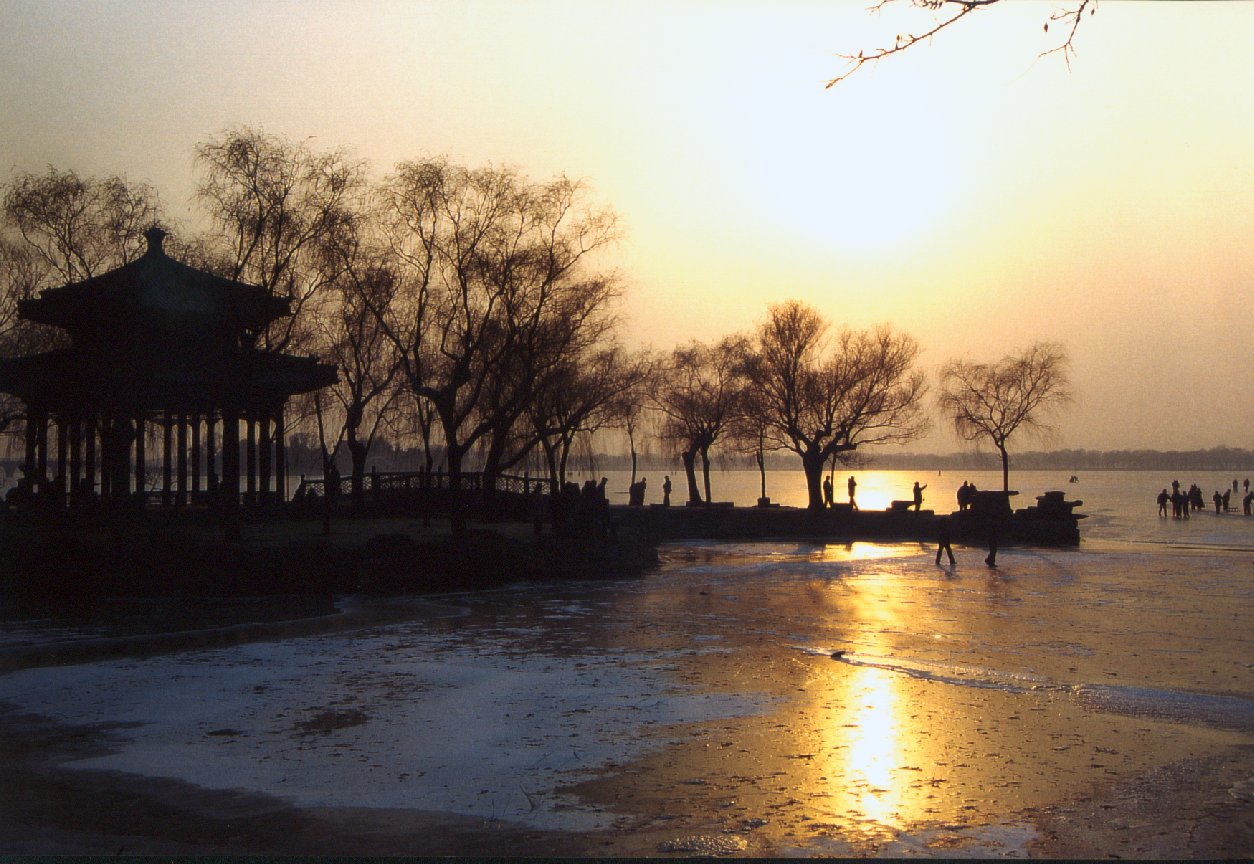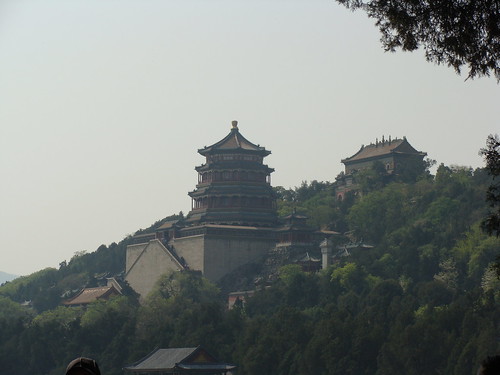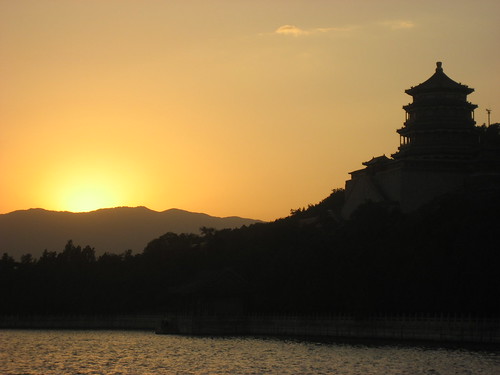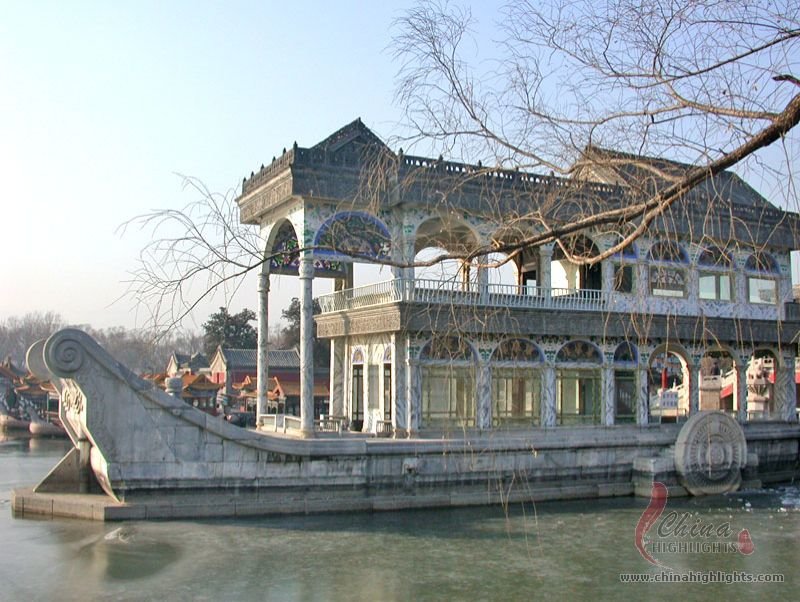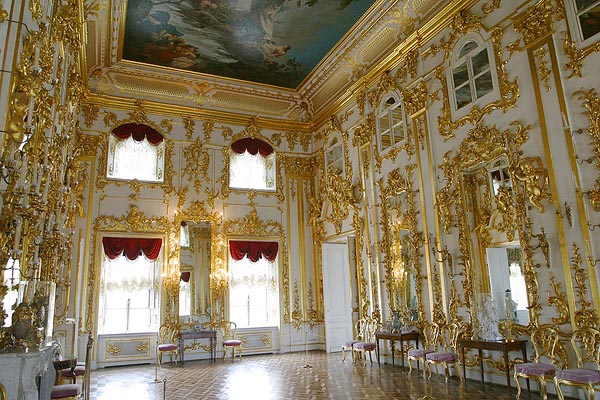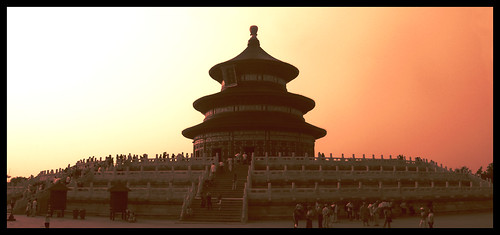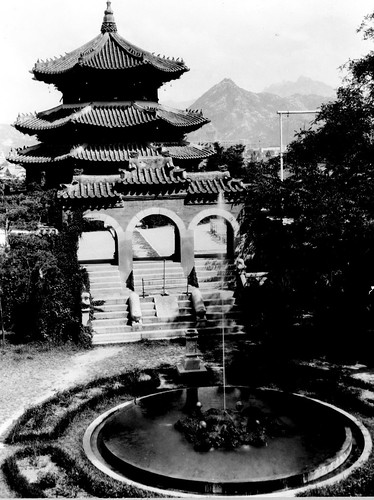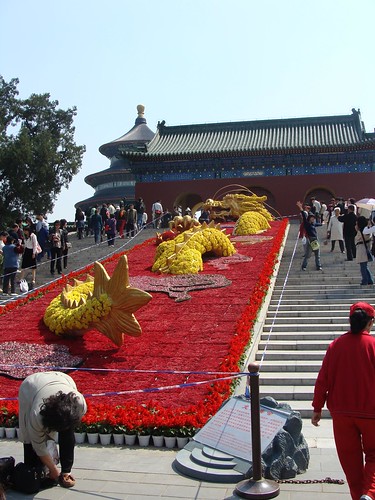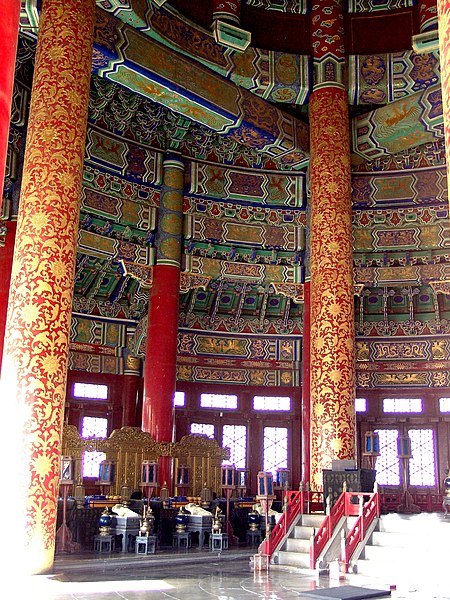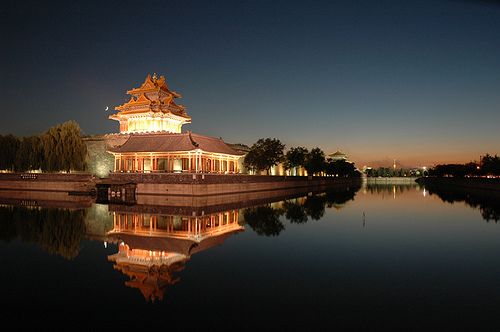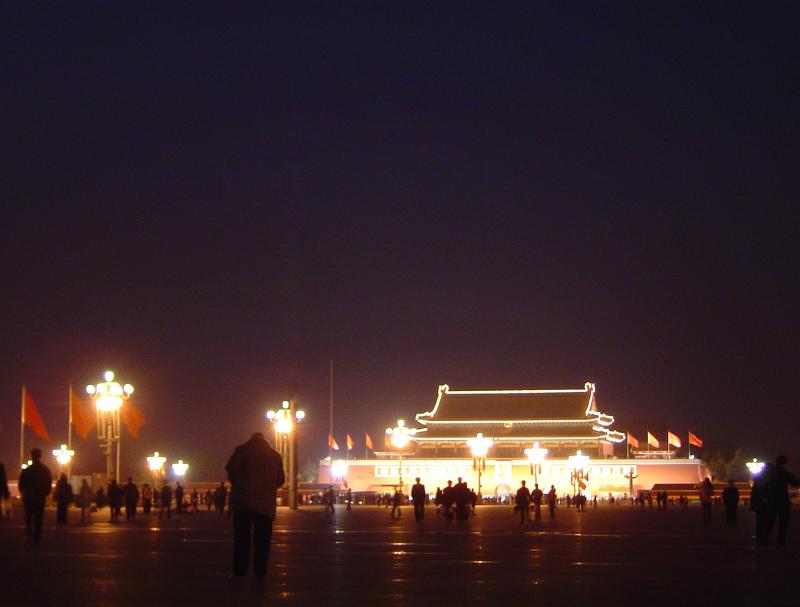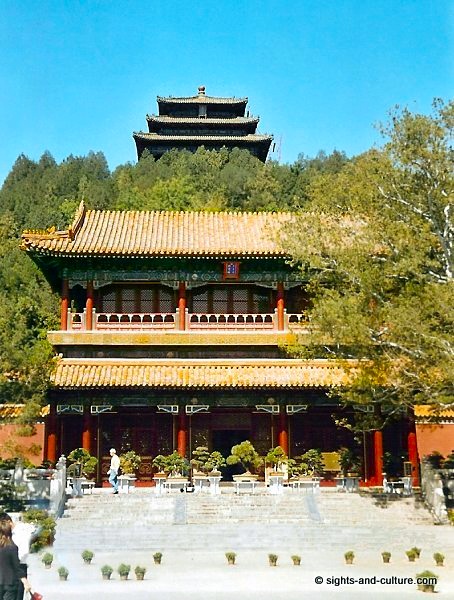

Helpful info:
Admission fee: CNY 40 (Nov - Mar), CNY 45 (Apr - Oct)
Opening hours: 06:40 - 18:30
Visit time: 2,30 hours
Bus route: 919.
Tourist Bus: 1 (at Front Gate), No2 (at Beijing Railway Station), Lateral No2 (at the West Gate of Beijing History Museum), No3 (at East Bridge), No4 (at Xizhi Gate or Beijing Zoo)

Said to be the only man-made structure that can be seen from the moon and one of the 8 wonders of the world, the Great Wall is probably the best known of all the Chinese attractions. It runs through 5 provinces from Shanhaiguan Pass in the East to Jiayuguan Pass in the west along a length of 6,700 kilometres. It winds like a great dragon around deserts, grasslands and mountains and just outside Beijing it is possible to climb up onto a section of the wall where you can enjoy an unforgettable view that will stay with you for ever.



The section of the wall close to Beijing is called the Badaling Great Wall, and standing at over 1,000 metres above sea level, was built in 1505 using huge granite stone slabs at its base. At an average of 7.8 metres high it is possible for ten people to walk along it shoulder to shoulder and is on average 6.5 metres wide. The outside or ‘rampart’ wall, built for defence using bricks, contains watch holes along the edge and peepholes underneath.
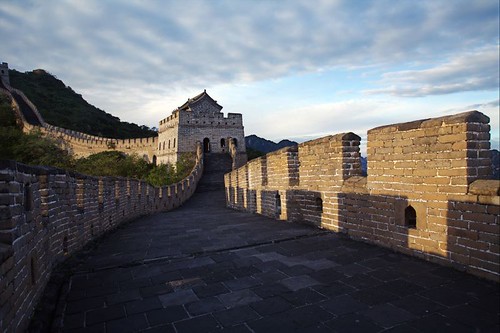
Inside the outer wall are low walls with parapets one metre high. At the highest places are signal fire platforms which were used in times of war to signal the amount of the enemy army.The top of the wall is neatly paved with square bricks making a smooth orderly surface. The beauty of the Great Wall changes with the seasons and whatever the time of year, the visitor will be assured of a spectacular view and memorable experience.


Admission fee: CNY 40 (Nov - Mar), CNY 45 (Apr - Oct)
Opening hours: 06:40 - 18:30
Visit time: 2,30 hours
Bus route: 919.
Tourist Bus: 1 (at Front Gate), No2 (at Beijing Railway Station), Lateral No2 (at the West Gate of Beijing History Museum), No3 (at East Bridge), No4 (at Xizhi Gate or Beijing Zoo)

Said to be the only man-made structure that can be seen from the moon and one of the 8 wonders of the world, the Great Wall is probably the best known of all the Chinese attractions. It runs through 5 provinces from Shanhaiguan Pass in the East to Jiayuguan Pass in the west along a length of 6,700 kilometres. It winds like a great dragon around deserts, grasslands and mountains and just outside Beijing it is possible to climb up onto a section of the wall where you can enjoy an unforgettable view that will stay with you for ever.



The section of the wall close to Beijing is called the Badaling Great Wall, and standing at over 1,000 metres above sea level, was built in 1505 using huge granite stone slabs at its base. At an average of 7.8 metres high it is possible for ten people to walk along it shoulder to shoulder and is on average 6.5 metres wide. The outside or ‘rampart’ wall, built for defence using bricks, contains watch holes along the edge and peepholes underneath.

Inside the outer wall are low walls with parapets one metre high. At the highest places are signal fire platforms which were used in times of war to signal the amount of the enemy army.The top of the wall is neatly paved with square bricks making a smooth orderly surface. The beauty of the Great Wall changes with the seasons and whatever the time of year, the visitor will be assured of a spectacular view and memorable experience.


text taken from accommodation olympic games



 10:27 AM
10:27 AM
 crkota
crkota


